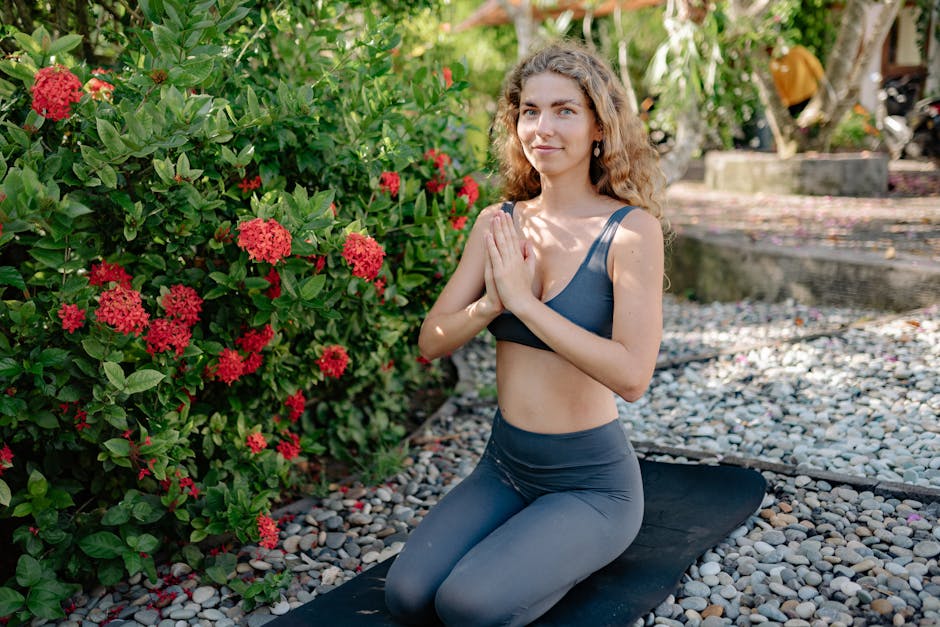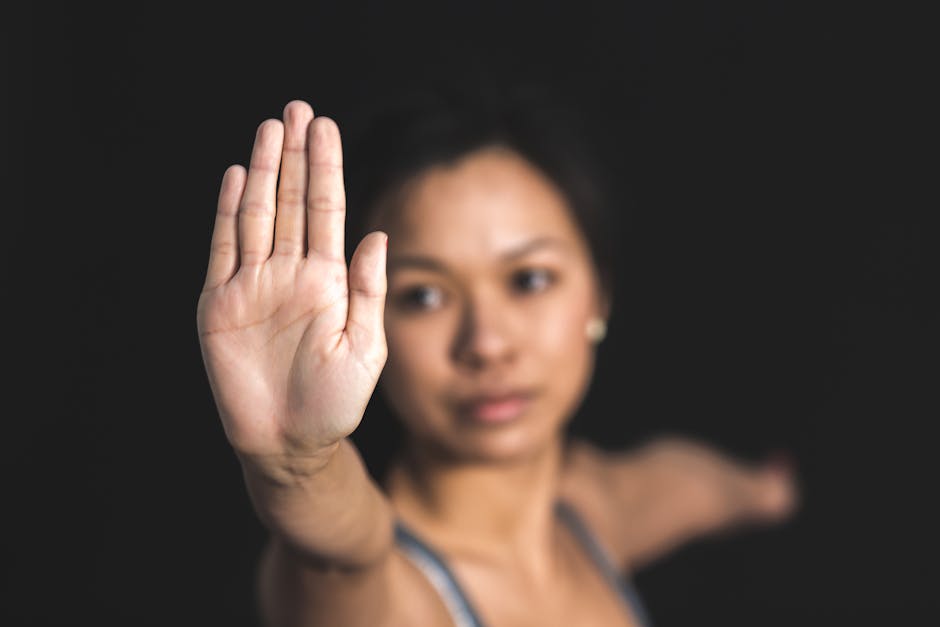Recipes for Calming the Body and Mind: A Comprehensive Guide
Life can be hectic and overwhelming, leaving many of us searching for ways to find moments of peace and tranquility amidst the chaos. One powerful avenue to achieve this is through the use of recipes designed to calm both the body and the mind. These recipes can encompass a wide range of practices, from soothing herbal teas to mindfulness meditation techniques to stress-relieving exercises. By incorporating these calming recipes into our daily routine, we can cultivate a sense of inner calm and resilience that can help us navigate the challenges of life with grace and ease.
The Science Behind Calming Recipes

Before delving into specific recipes, it’s important to understand the science behind how certain foods and practices can help calm the body and mind. Research has shown that certain foods, such as those rich in omega-3 fatty acids, magnesium, and antioxidants, can help reduce inflammation in the body and promote a sense of well-being. Additionally, practices like mindfulness meditation and deep breathing have been found to lower cortisol levels, the hormone responsible for stress, and promote relaxation.
The Role of Herbal Teas in Calming the Body

Herbal teas have long been used as natural remedies for a variety of ailments, including stress and anxiety. Teas like chamomile, lavender, and passionflower are known for their calming properties and can help relax the body and mind after a long day. These teas can be enjoyed hot or cold, and incorporating them into your daily routine can provide a soothing ritual to help you unwind and de-stress.
Mindful Eating for Calming the Body and Mind

Another powerful way to calm the body and mind is through the practice of mindful eating. Rather than rushing through meals or mindlessly snacking, mindful eating involves paying attention to the sensory experience of eating, including the taste, texture, and smell of food. By savoring each bite and eating slowly, you can cultivate a deeper connection to your food and promote a sense of calm and well-being.
Yoga Poses for Stress Relief

Yoga is a holistic practice that combines physical postures, breathing exercises, and meditation to promote overall well-being. Certain yoga poses, such as child’s pose, forward fold, and legs up the wall, are particularly effective in reducing stress and tension in the body. By incorporating these poses into your daily routine, you can release physical and mental tension and cultivate a sense of inner peace.
Aromatherapy for Relaxation
Aromatherapy is the practice of using essential oils extracted from plants to promote physical and emotional well-being. Certain essential oils, such as lavender, rosemary, and peppermint, are known for their calming and relaxing properties. By diffusing these oils in your home, adding them to a bath, or using them in a massage, you can create a soothing environment that promotes relaxation and reduces stress.
Journaling for Emotional Release
Journaling is a powerful tool for processing emotions, releasing stress, and gaining clarity on your thoughts and feelings. By taking a few minutes each day to write in a journal, you can express your emotions in a safe and healthy way, identify patterns and triggers that may be causing stress, and cultivate a sense of self-awareness and self-compassion. Journaling can be a cathartic practice that helps calm the mind and promote emotional well-being.
Creating a Calming Bedtime Routine
A calming bedtime routine is essential for promoting restful sleep and reducing stress and anxiety. Incorporating practices like reading a book, taking a warm bath, and practicing gentle yoga or meditation before bed can signal to your body that it’s time to wind down and prepare for sleep. By creating a soothing bedtime routine, you can promote deep relaxation and improve the quality of your sleep.
Common Misconceptions About Calming Recipes
One common misconception about calming recipes is that they are only effective for short-term relief and do not address the root causes of stress and anxiety. While calming recipes can provide immediate relief from symptoms of stress, they can also help cultivate long-term resilience and coping strategies that can reduce the impact of stress on the body and mind over time.
FAQs About Calming Recipes
Q: Can calming recipes help with chronic stress and anxiety?
A: Yes, calming recipes can be an effective tool for managing chronic stress and anxiety by providing techniques and practices that promote relaxation and reduce the impact of stress on the body and mind.
Q: Are calming recipes suitable for everyone?
A: While calming recipes can be beneficial for many people, it’s important to consult with a healthcare provider or mental health professional if you have any underlying health conditions or concerns before incorporating these practices into your routine.
Conclusion
To wrap things up, calming recipes offer a holistic approach to promoting relaxation and well-being by addressing the connection between the body and the mind. By incorporating practices like herbal teas, mindful eating, yoga, aromatherapy, journaling, and creating a calming bedtime routine into your daily life, you can cultivate a sense of inner calm and resilience that can help you navigate the challenges of life with grace and ease. Remember, self-care is not selfish; it is essential for maintaining your physical, emotional, and mental well-being. So, take some time each day to prioritize your health and happiness, and embrace the power of calming recipes to nourish your body and soothe your soul.




